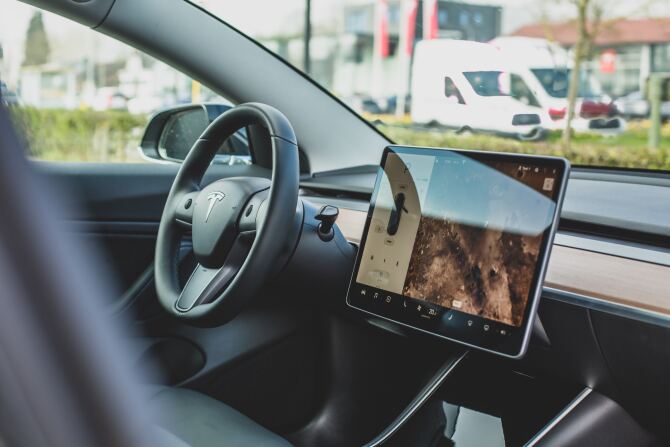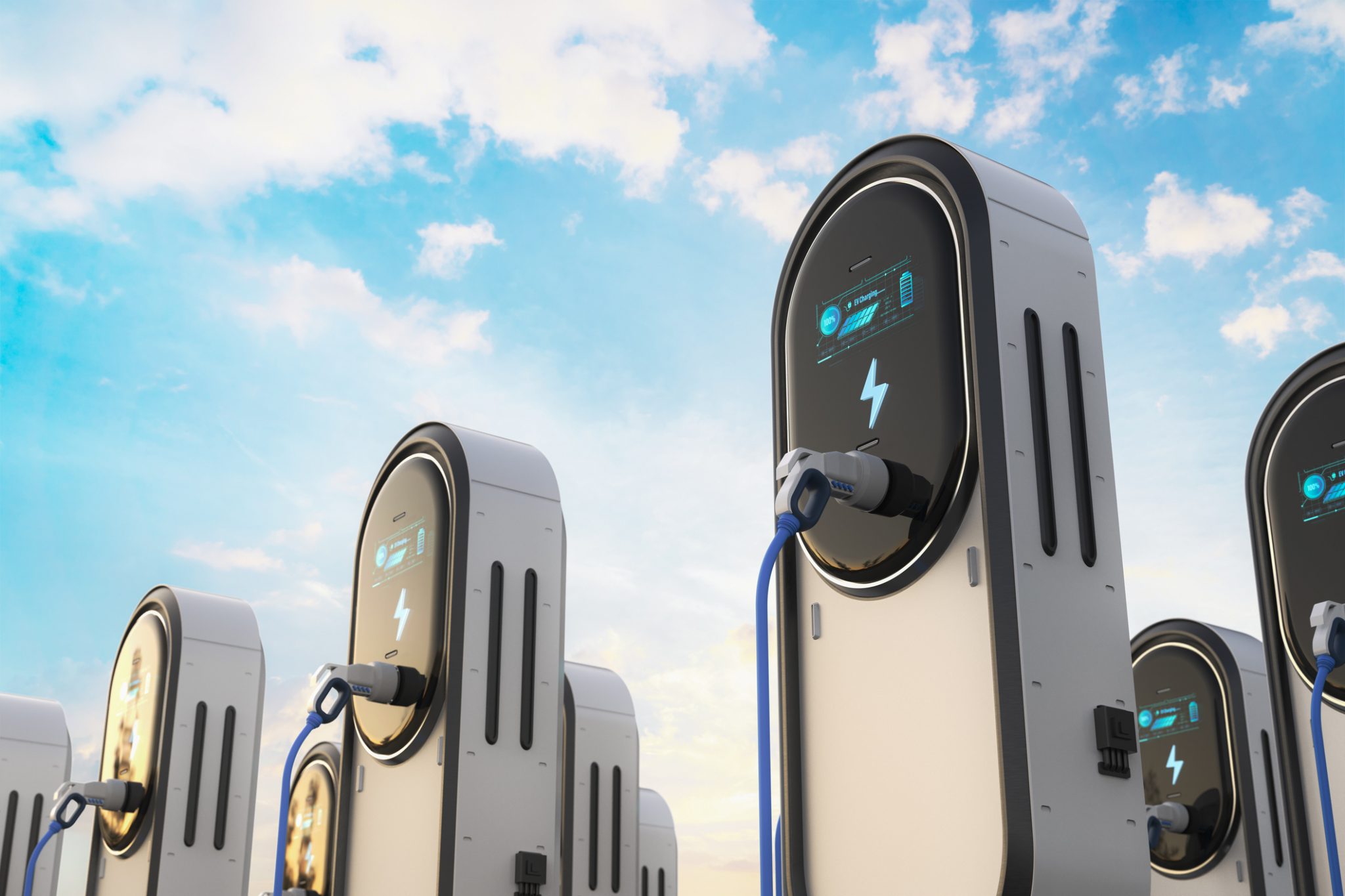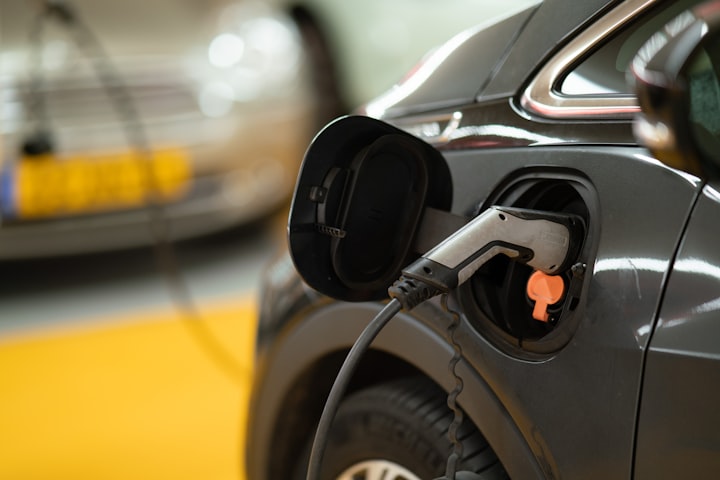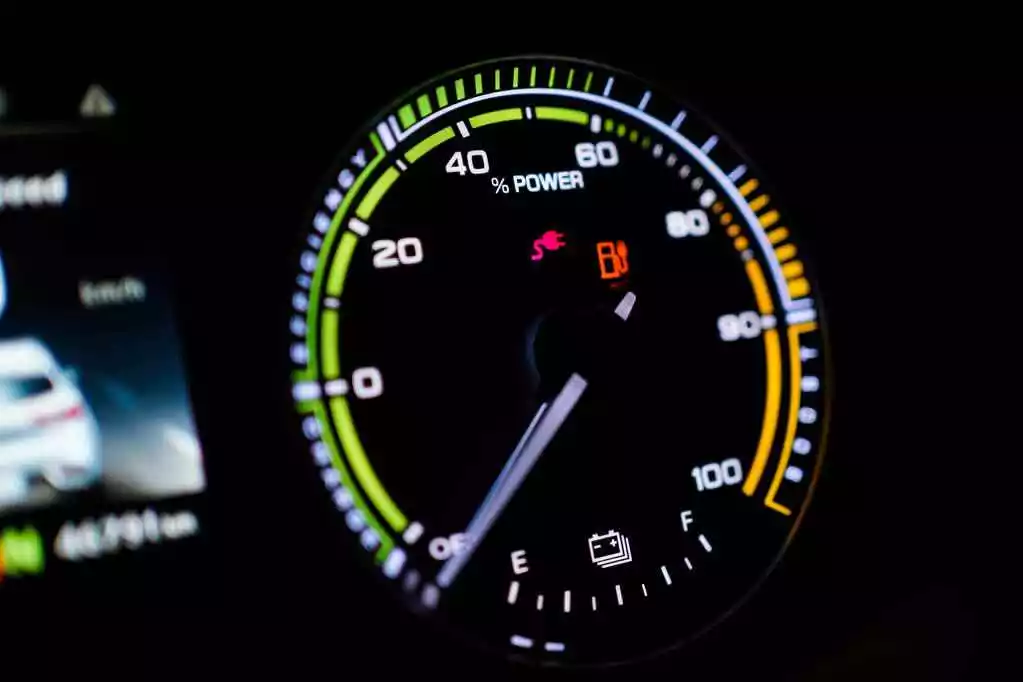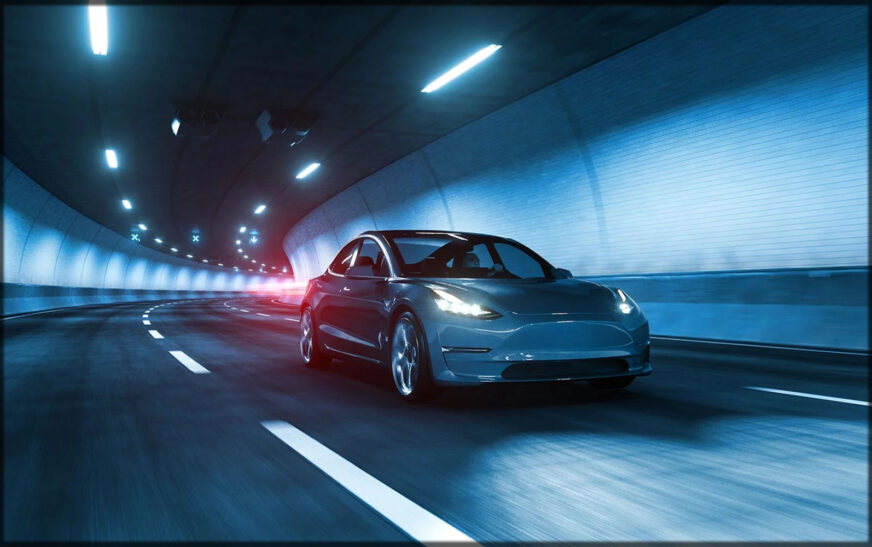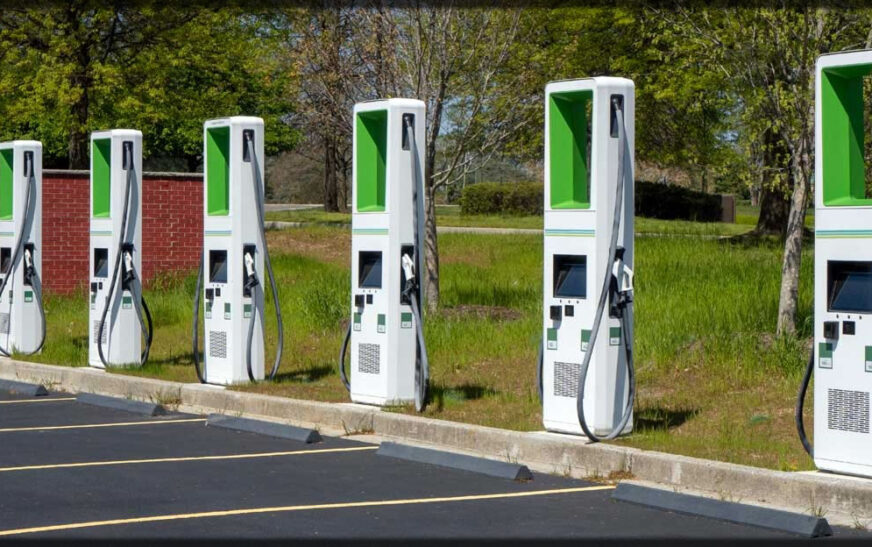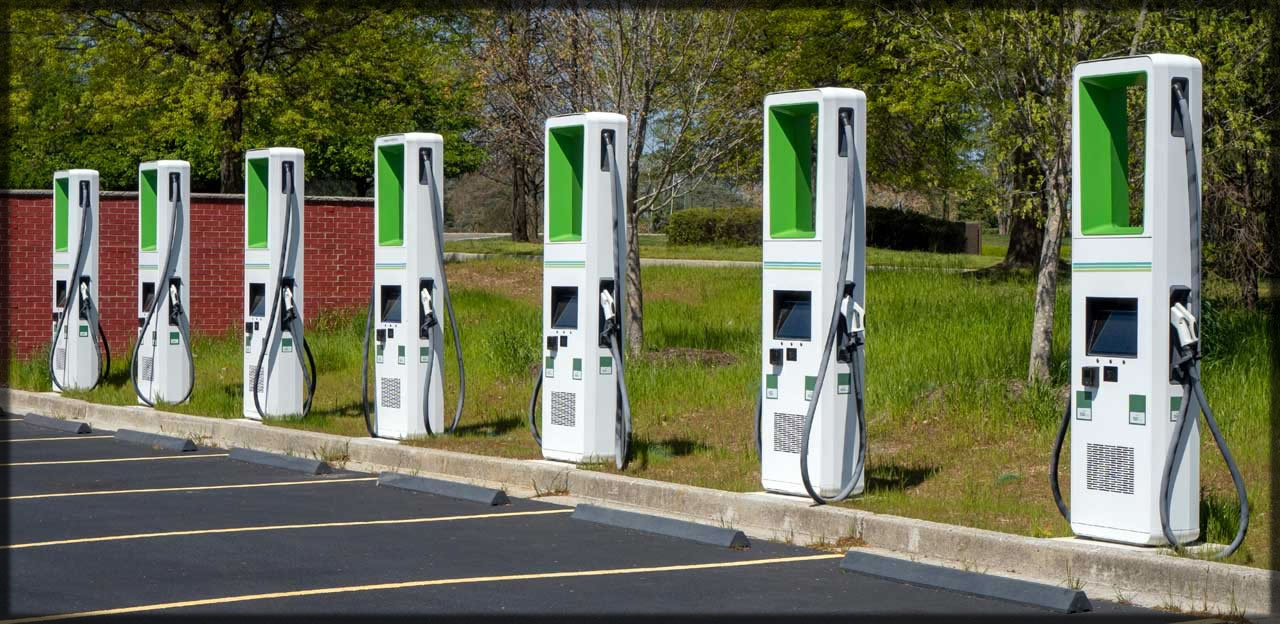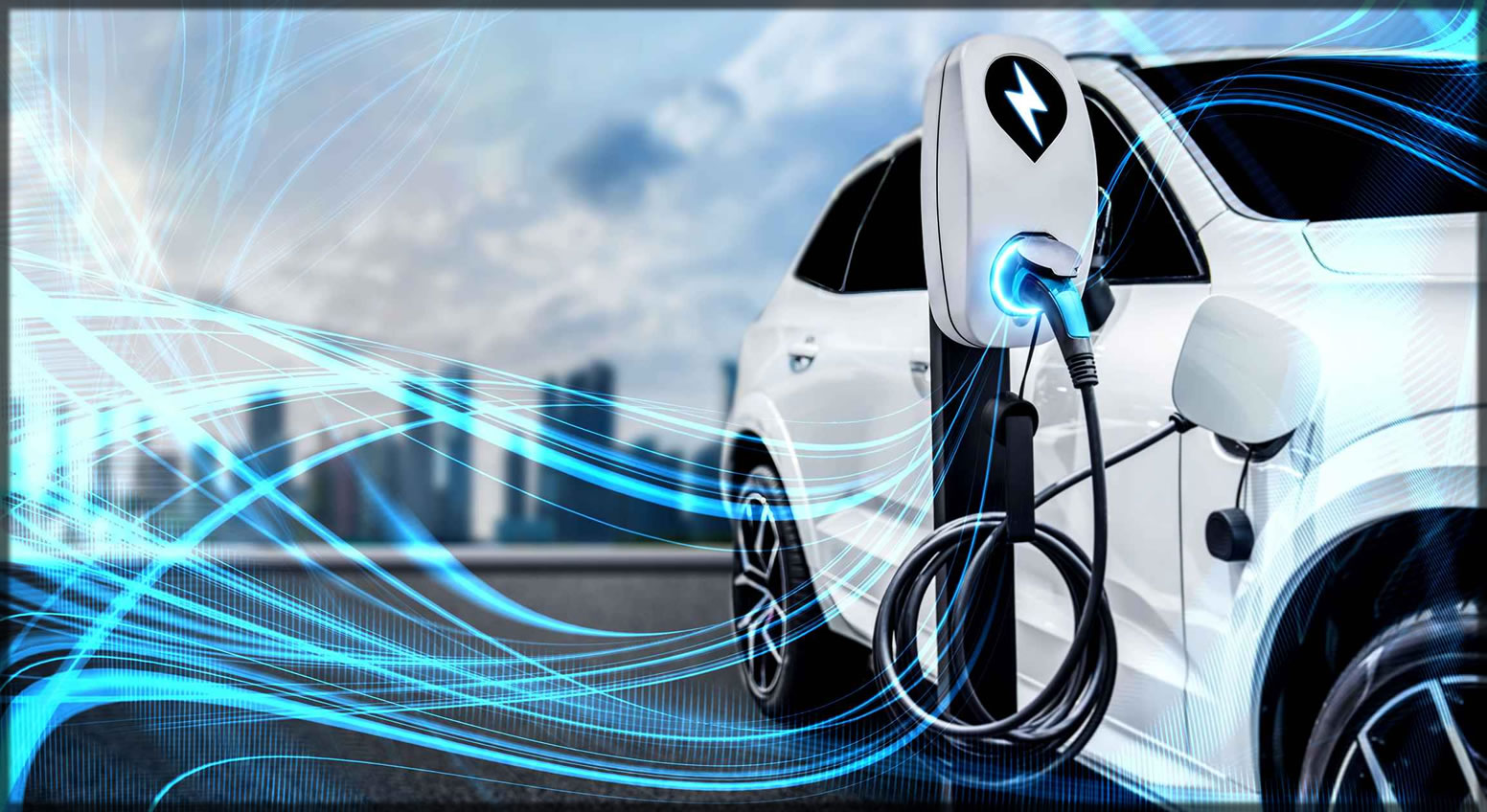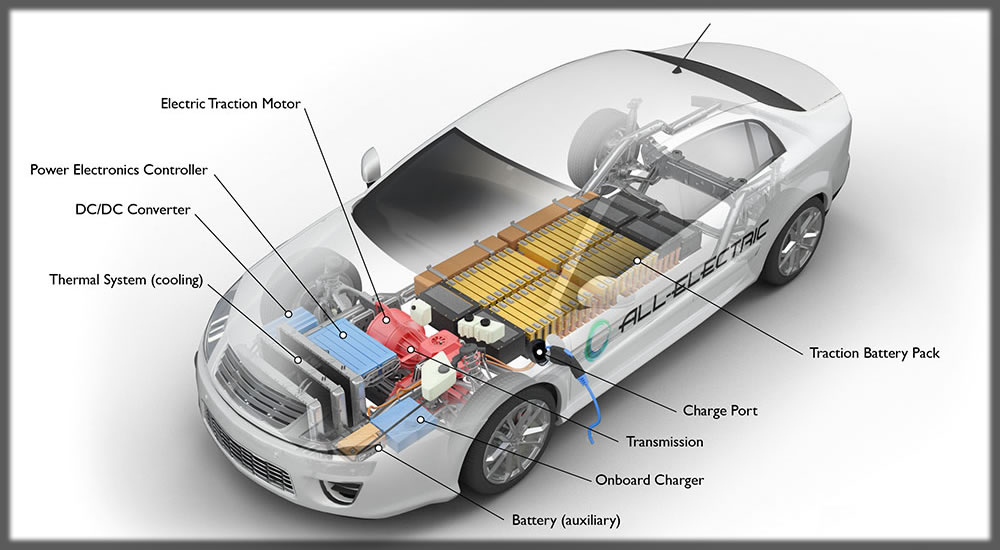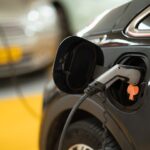Benefits of Driving an Electric Vehicle. The Perks of Electric Car Purchase. With the world moving towards a cleaner and environmentally friendly future, electric cars have become an increasingly high demand for car buyers. With numerous positive factors over traditional ICE cars, EVs have a lot to gain in efficiency and performance, and not only in regards to safeguarding the environment. Let’s have a careful analysis of why an electric car is a smart move to make.
1. Environmental Gains
One of the greatest strengths of EVs is that they have a beneficial impact on the environment:
- Zero Emissions: Unlike gasoline cars, EVs produce zero tailpipe emissions, reducing both greenhouse and air emissions, which contribute to creating a changing climate.
- Reduced Greenhouse Gases: EVs have a lesser overall greenhouse footprint, and when powered with renewable sources of solar and wind, even less greenhouse footprint. Production and lifecycle emissions during battery recycling, even, are becoming ever more environmentally friendly with new technology development.
- Energy Efficiency: Electric cars have a 77% efficiency in converting grid electrical energy to wheel power, compared with traditional gasoline cars, with an efficiency of a mere 12-30% in converting stored gasoline energy to useful work at the wheels.
- Lower Consumption of Materials: As technology in batteries continues to develop, EVs use fewer and fewer of such exotic materials as cobalt, with less environmentally unsound mining and production techniques.
2. Cost Saving
Electric car driving can save considerable sums of money in the long run:
- Lower Cost of Fuels: Recharging an EV can be much less costly compared to refilling with gasoline or diesel, particularly in regions with cheap electricity tariffs. Home recharging off-peak can save even more.
- Reduced maintenance expense: EVs have fewer moving parts in contrast to traditional cars, and less maintenance and repair work is therefore involved. There is no oil change, transmission maintenance, exhaust overhaul, and constant brake pad changing via regenerative braking.
- Government Incentives: Tax credits, rebates, and financial incentives in most governments make EVs less expensive and encourage them for use. Incentives such as free parking, toll fee discounts, and access to carpool routes are even extended in a few regions and states.
- Long-term value: With the resale value for EVs growing and technology for batteries getting a life boost, an EV can become a wise financial investment.
3. Handling and Performance Enhancement
They present a peaceful and relaxed driving atmosphere through high-tech engineering:
- Instant Torque: Electric motors deliver immediate acceleration, with a more direct and pleasing drive, with EVs having an incredibly rapid acceleration off the mark.
- Quieter Operation: As no combustion engine is involved, EVs produce less sound pollution, offering a quieter driving environment both inside and out of a car.
- Regenerative Braking: Replenishes energy when braking and reconverts it into electricity, with increased efficiency and battery life. It reduces wear and tear in brake parts, with lowered maintenance costs thereafter.
- Low Centre of Gravity: EVs have batteries placed low in the frame, offering driving and riding comfort, reduced rollovers, and a gain in cornering performance.
4. Ease and Charging Facility
Electric cars have become even easier to refuel with growing infrastructure:
- Home Charging: Most EV owners have access to charging overnight at home with a basic outlet, and even a Level 2 charger, and therefore refuel stops at service stops become a less-frequent necessity.
- Public Charging Networks Expansion: Fast-charging networks become ever more widespread, with reduced charging times and ease of long-distance driving ease. Rapid charging via networks, such as Tesla’s Supercharger network and Electrify America, span highways and city environments.
- Fewer Frequent Refuelings: With an extended range, EV owners can have fewer refuellings, and subsequently fewer refueler stops, providing a less interrupted driving experience.
- Bidirectional Charging: Certain EVs, including Ford’s F-150 Lightning, have V2H and V2G capabilities, and can use the car in case of a blackout or an emergency as a source of backup power.
5. Energy Independence and Sustainable
Electric cars contribute towards minimizing use of conventional fuels, enhancing energy security:
- Lower Oil Dependence: With them powered not by gasoline but by electricity, EVs reduce national dependence on oil and contribute towards a secure and stable energy economy, and a strengthened national energy security.
- Integration with renewable sources: Many owners integrate cars with solar panels, creating a renewable source of power that not only reduces one’s footprint but one’s consumption of the grid, too.
- Grid Stabilization: EVs can utilize sophisticated charging technology to integrate with smart grids, distributing demand for energy more smartly and supporting grid stabilization during peak demand times.
6. High-tech Features and Smarts
Electric cars represent the cutting edge of automotive technology:
- Over-the-Air Updates: All EVs have over-the-air software updates, and most can update cars with new capabilities, security, and performance improvements with continuous updates.
- Autonomous driving technology: EVs sometimes include high-tech driving aids, offering comfort and security with such capabilities as lane-keeping assist, adaptive cruise, and parking capabilities.
- Connectivity and Smarts: Many EVs include mobile app connectivity for off-road observation, preconditioning (cooling and warming the car in preparation for driving), and direction guidance, offering a less clunky experience.
- Interactive User Interfaces: High-resolution infotainments with touchscreens, voice controls, and AI assistants make driving a convenient and immersive one.
7. Positive Impact on Public Health
Reducing car emissions can make for cleaner air and have beneficial public health consequences:
- Reduced Emissions: Cleaner air with reduced emissions, fewer cases of disease such as asthma, and less disease in general, linked with pollution.
- Noise Emissions: Fewer street noises mean less tension and overall well-being for communities, particularly in urban communities with high concentrations of population.
- Healthier Cities: Cities with high use of EVs have reduced smog and overall heightened livability, and both cyclists and walkers have their advantages.
Conclusion:
Electric driving brings numerous advantages, such as savings and less strain on the environment, but with increased performance and usability, too. As infrastructure expands and technology continues to develop, EVs become increasingly convenient and environmentally friendly for buyers. For financial savings, freedom, and less impact, moving to an EV is a transition towards a cleaner, smarter, and cleaner future.


